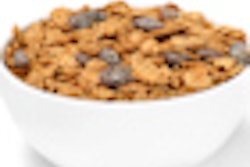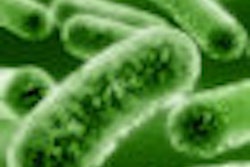Multispectral fluorescent labeling technology has uncovered new taxon pairings that indicate cooperation between members of the biofilm that covers teeth.
Members of the genera Prevotella and Actinomyces showed the greatest ability to interact, suggesting a central role for them in producing biofilms, according to a presentation by researchers from the Marine Biological Laboratory at the American Society for Cell Biology annual meeting this week in Denver.
While both genera are implicated in periodontal disease, species of Prevotella have been recovered from anaerobic lung infections. Actinomycosis is an infection of antibiotic-resistant strains in the mouth and gastrointestinal tract.
Alex Valm, PhD, and Gary Borisy, PhD, and collaborators refer to their new fluorescent labeling technology system as combinatorial labeling and spectral imaging (CLASI). It was designed to overcome a major limit of existing fluorescent labeling system, whose original green fluorescent protein tag occurred only in one color, according to the researcher.
With this new system, a whole palette of colors is now available through an expanding array of fluorescent proteins or the addition of fluorophores, but keeping track of more than a handful of colors becomes exponentially difficult, the researchers said.
The team's first CLASI system used binary combinations of six fluorophores to perform the first quantitative analysis of a large number of microbes in a biofilm. With the use of novel linear "unmixing" algorithms, the CLASI system is now being scaled to look at more than 100 differently labeled microbes in each image and build the first systems-level structural analysis of the entire human oral microbiome.



















